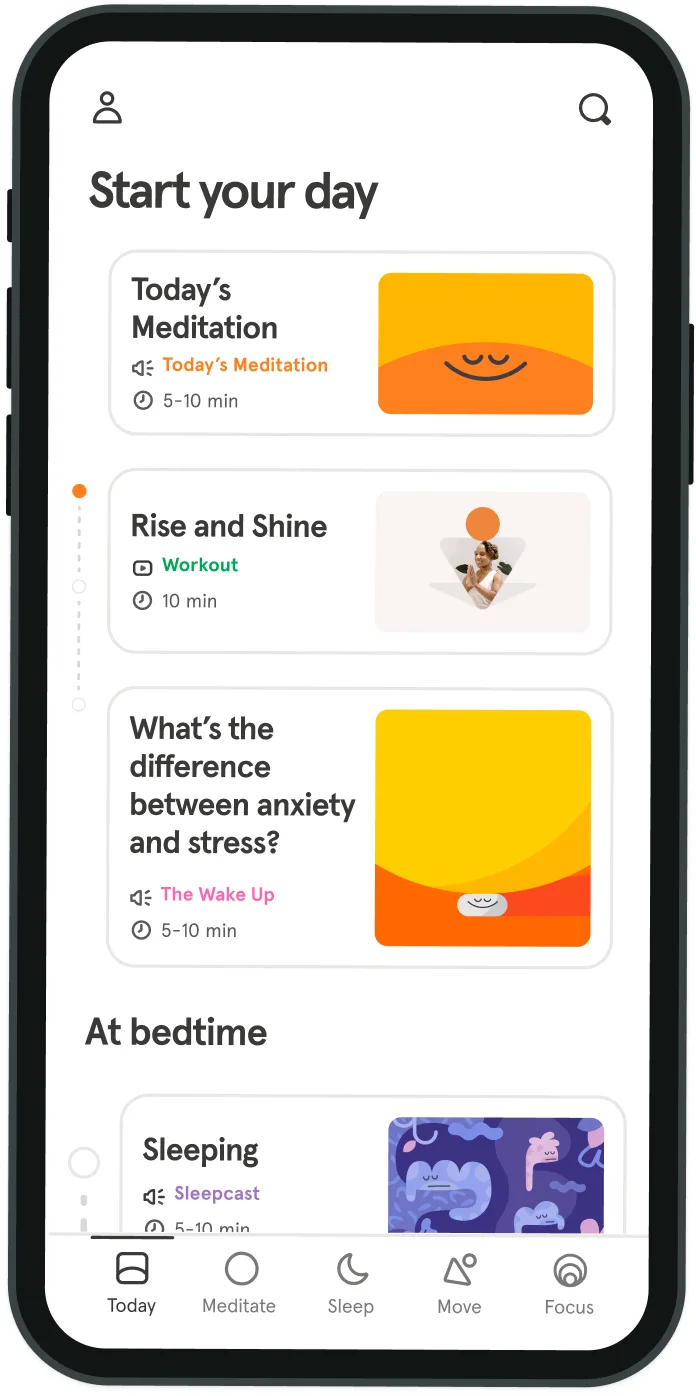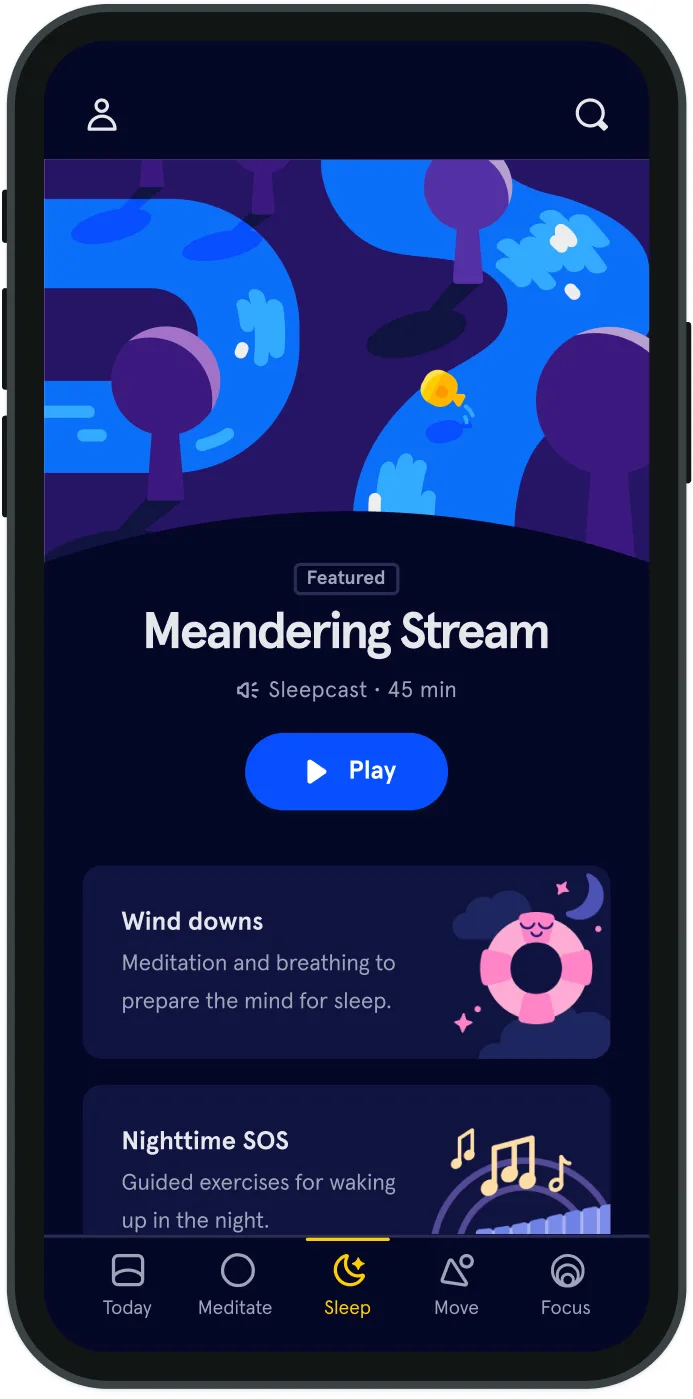The furry neighbors you never notice
The animal appeared out of the thin stand of trees lining the Chicago River, trotting across the path I was running down. It was a gray, misty day, and from a distance I thought it might be a dog that had escaped.
It paused to watch me as I came closer, the only person on the trail, and I realized with a start that it was a coyote. Its fur was thick and shaggy and it was much larger than the pictures I’d seen of coyotes from the Southwest. Maybe it was one of the wolf-coyote hybrids that were supposed to be more common around the Great Lakes region. Should I be worried? I doubted I’d be able to outrun a coyote, but I could climb one of the nearby trees. Instead, I kept running towards it, waiting to see what would happen. As I came closer, the coyote loped away, heading in the direction of the tennis court. I glanced over my back a few times as I continued my run, to make sure I wasn’t being hunted, but saw no more signs of it. Ten minutes later, I came across a woman pushing a stroller. She looked disturbed. “Did you see it?” she asked me, “The coyote?” I told her I had, but that I didn’t think it was dangerous. “Be careful!” she told me all the same. This encounter was repeated five minutes later, with another woman. “A coyote in Chicago!” she exclaimed. It didn’t surprise me as much, but I could still acknowledge the strangeness of it: a wild thing encroaching on our steel and concrete metropolis. What did the coyote think it was doing here? It’s an obvious truth, but still one worth stating: we share the world with animals. Some of those relationships are friendly, familial ones: household pets, zoo animals we visit repeatedly, the race horses that we cheer for and bet on. Other relationships are more complicated: the ones we eat, kill as vermin or accidentally hit with our cars. And then there are the relationships we don’t think about until chance brings us together: the coyotes moving east and infiltrating our cities, the laboratory monkeys that invaded a Florida neighborhood, the bats that may have been the source of the most recent ebola outbreak. How we interact with and behave towards these animals depends largely on how we perceive them, and the question of animal minds is one of the trickiest in the field of psychology.
To know how we should treat animals in the different spheres of our co-existence, we first have to ask ourselves whether all of them are thinking, feeling beings. We need to decide for ourselves where we believe they stand on the hierarchy, if they belong to the mind club. “Membership in the mind club is immensely important,” write psychologists Daniel Wegner and Kurt Gray. “It comes with clear privileges: those with minds are given respect, responsibility, and moral status, whereas those without minds are ignored, destroyed, or bought and sold as property… A mind is not an objective fact as much as it is a gift given by the person who perceives it.” Allowing a limited number of animals entry to the mind club helps explain why a pet dog is seen to have a personality and a heart, yet a chicken is more often valued as a food source. It might also help explain why many cat owners laud their pet for bringing home “gifts”, not minding that felines are responsible for as many as a billion small-animal deaths every year. Still others keep those same species of chickens, rats, and mice as pets. How are we deciding who is part of the club? The science on animal cognition is a complex field. As one environmental writer says, “If you watch mammals or even birds, you’ll see how they respond to the world. They play. They act frightened when there’s danger. They relax when things are good.” Another behavioral biologist writes, “How likely is it that the immense richness of nature fits on a single dimension? Isn’t it more likely that each animal has its own cognition, adapted to its own senses and natural history?” After all, corvids like crows use tools and recognize human faces. Fish cooperate with and cheat one another in different social interactions. Octopuses, like the now-famed escape artist Inky, learn from observing their environment and can manipulate it.
Clearly animals have brains, and they use them. But what does this mean for humans? The most common way we think about our lives impacting the lives of animals is through food, and vegetarianism undoubtedly offers benefits to animals. But what about all the other ways we use animals or manipulate their habitat? We harvest horseshoe crabs for their blood (the blue liquid is used in medicine), we buy palm oil products whose production directly leads to the death of Indonesia’s endangered orangutans, we build highways that cut off animals from their habitats and lead to millions of deaths. We can’t tear down our roads or halt the progress of medicine or stop eating food—so what are we to do if we acknowledge the existence of animal minds? Part of the challenge is the pedestal humans have placed themselves on. We consider ourselves so far above the hierarchy of the animal kingdom that we often don’t even think of them as having autonomy or real lives. Even recognizing the interconnection between all species is a type of mindfulness. From there, we can observe our behavior in more scenarios. Consumption in all its forms is a choice, and the more we’re aware of how our consumption impacts the other organisms we share the world with, the more we might be able to do to help them. It’s often impossible to unravel the web of connections between humans and all other animals, but in being cognizant of those connections we approach a more equal relationship. And who knows? That might even help us be better humans to each other.

We consider ourselves so far above the hierarchy of the animal kingdom that we often don’t even think of them as having autonomy or real lives.
Lorraine Boissoneault


Be kind to your mind
- Access the full library of 500+ meditations on everything from stress, to resilience, to compassion
- Put your mind to bed with sleep sounds, music, and wind-down exercises
- Make mindfulness a part of your daily routine with tension-releasing workouts, relaxing yoga, Focus music playlists, and more
Meditation and mindfulness for any mind, any mood, any goal

Stay in the loop
Be the first to get updates on our latest content, special offers, and new features.
By signing up, you’re agreeing to receive marketing emails from Headspace. You can unsubscribe at any time. For more details, check out our Privacy Policy.
- © 2025 Headspace Inc.
- Terms & conditions
- Privacy policy
- Consumer Health Data
- Your privacy choices
- CA Privacy Notice
